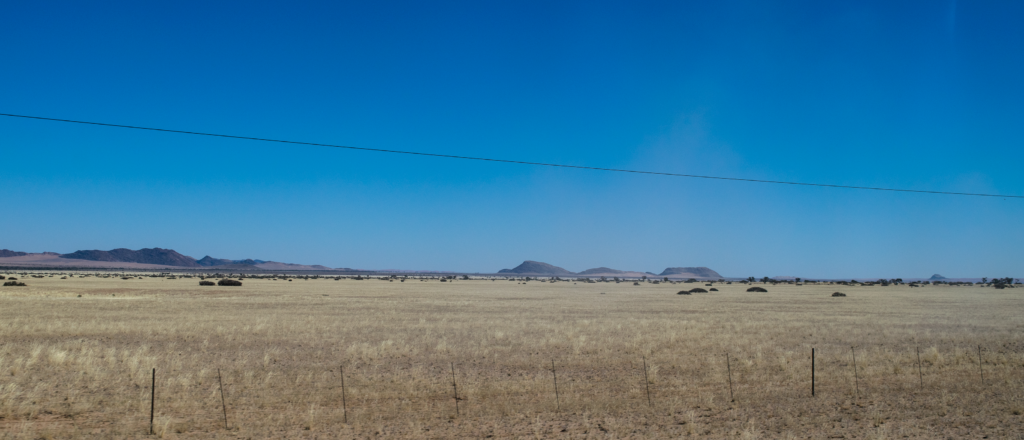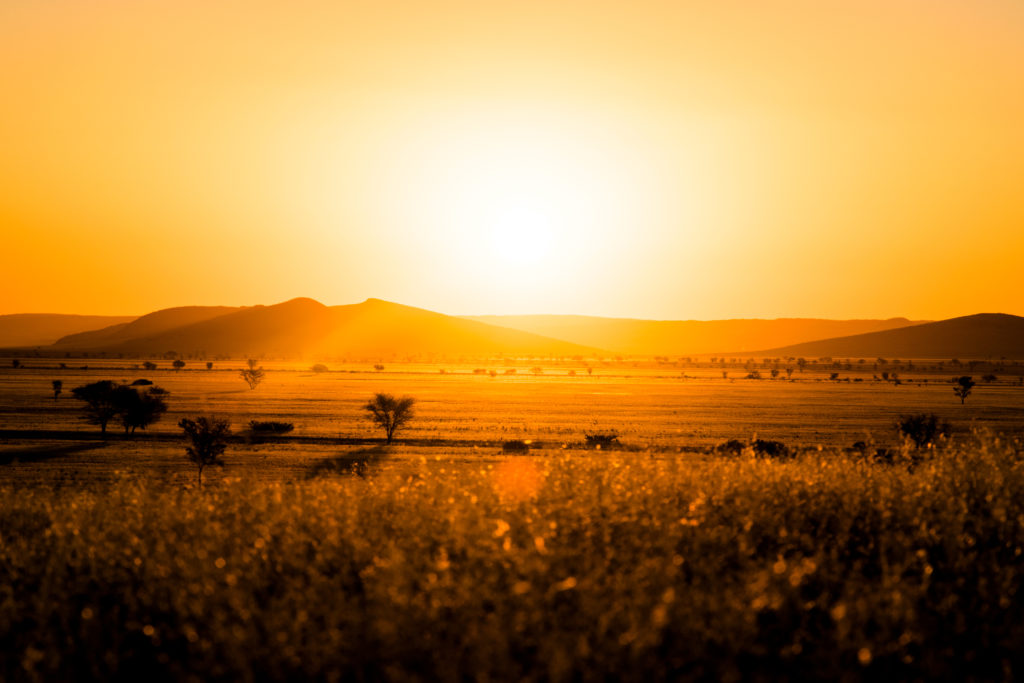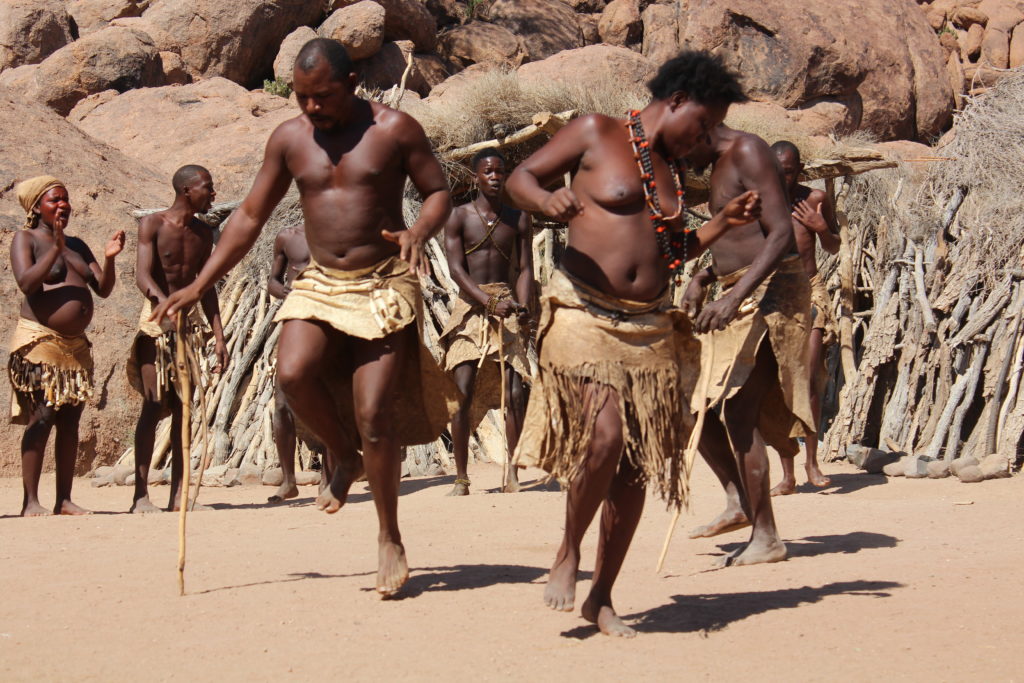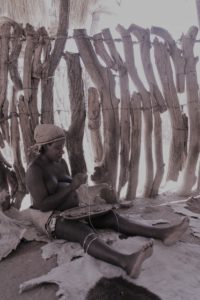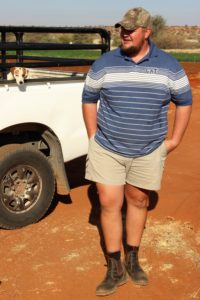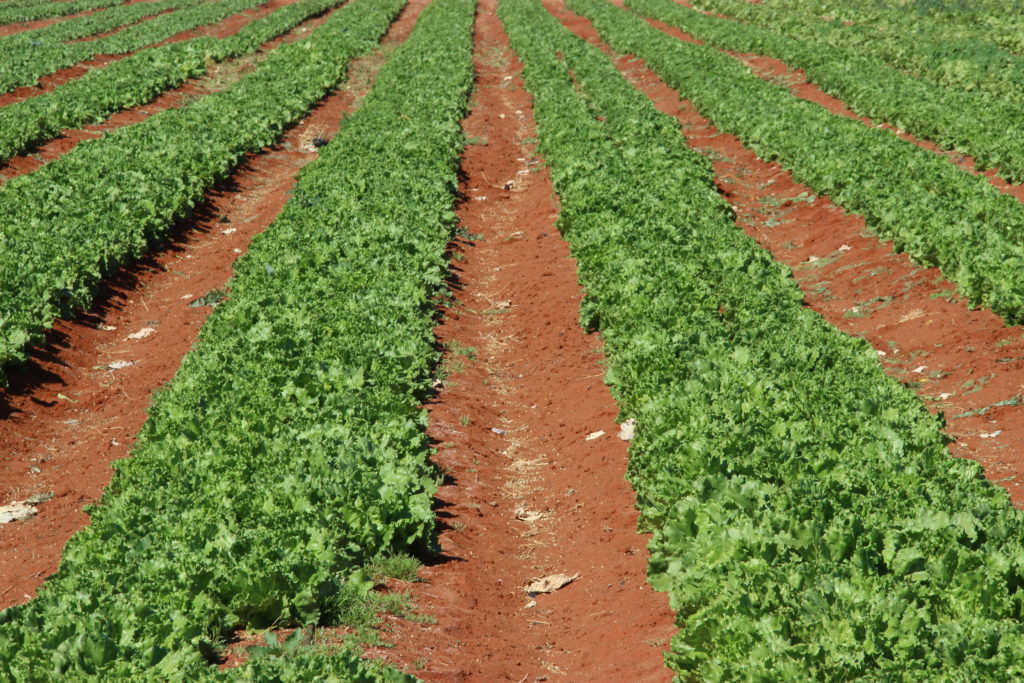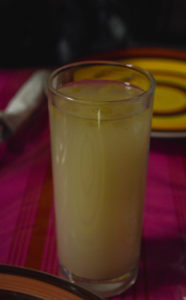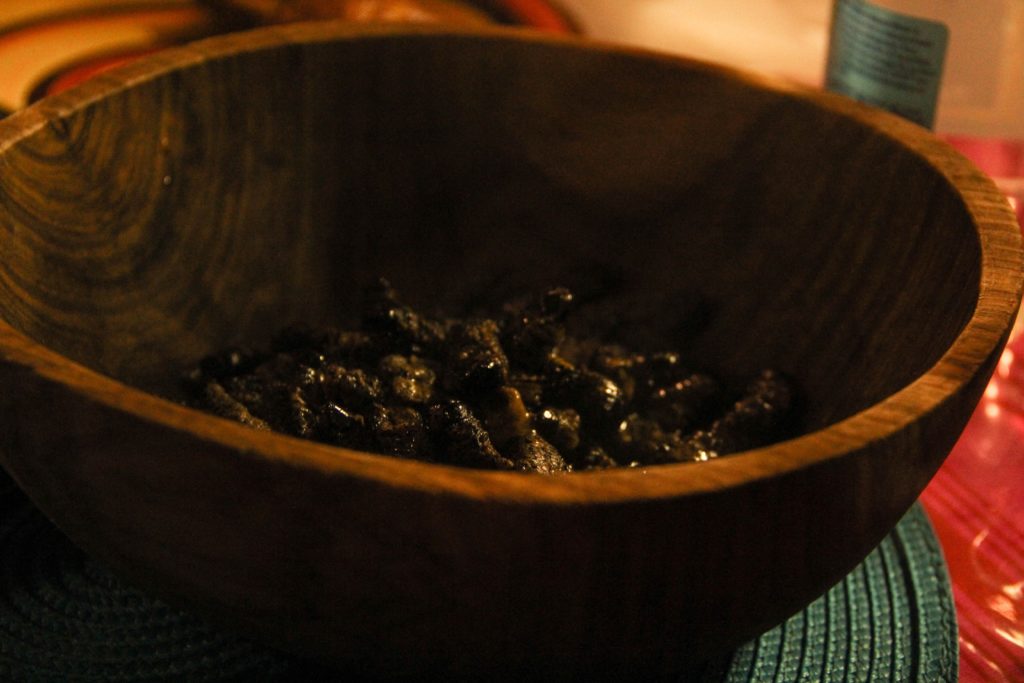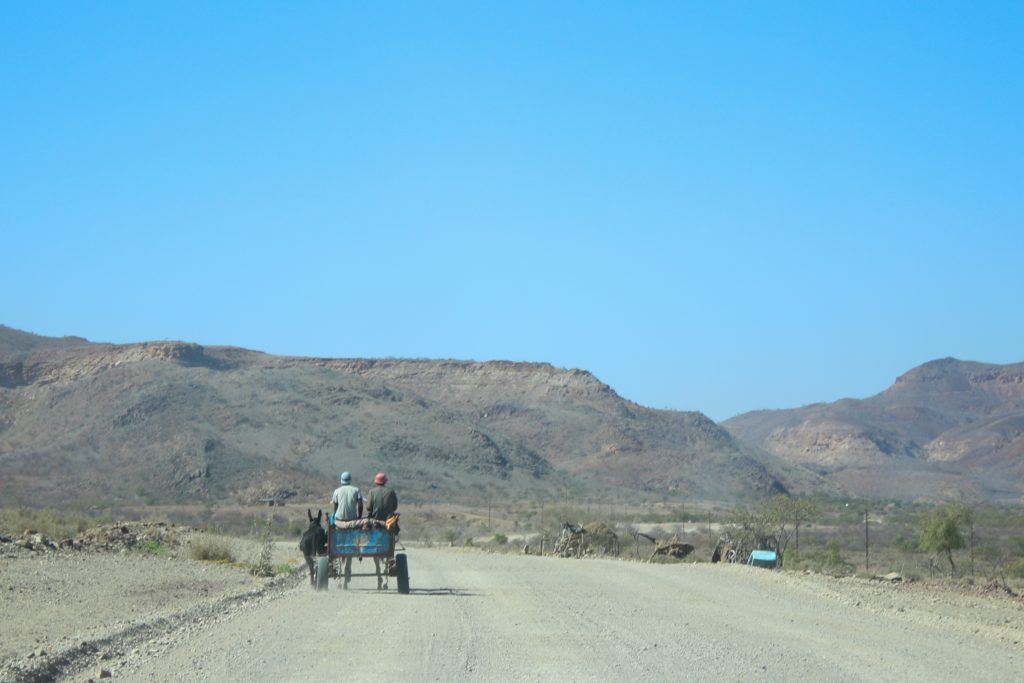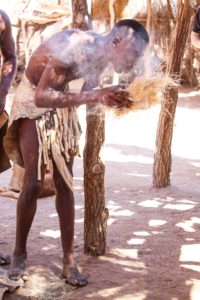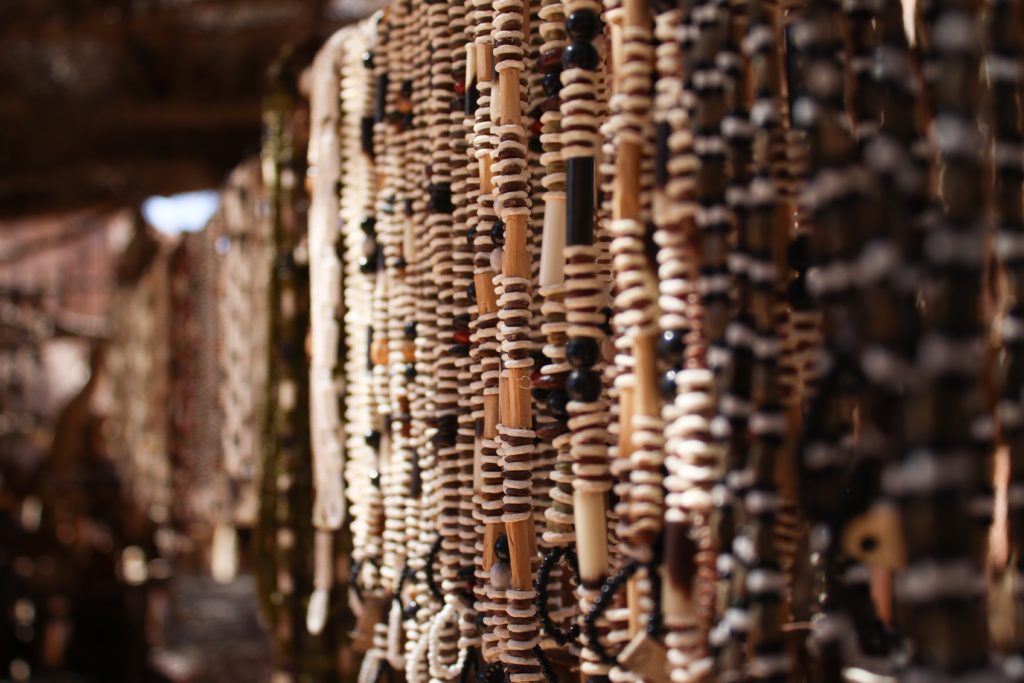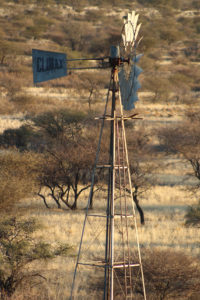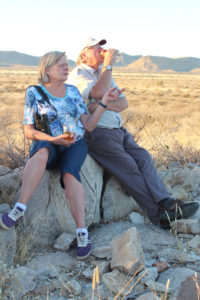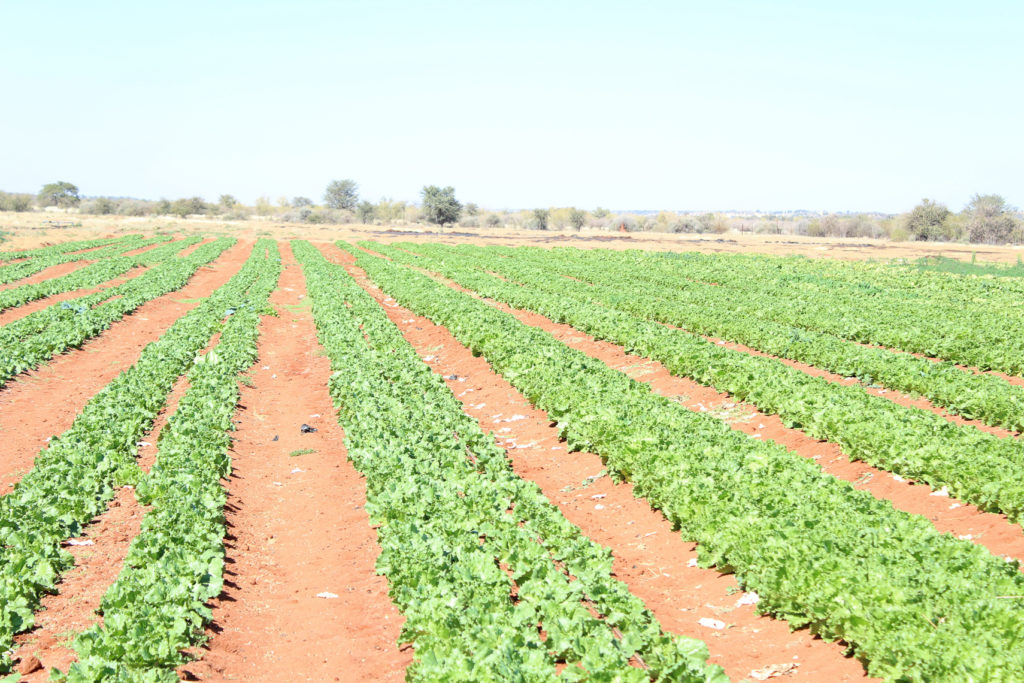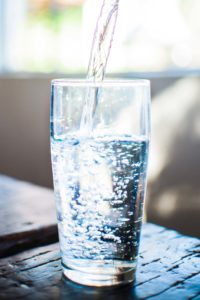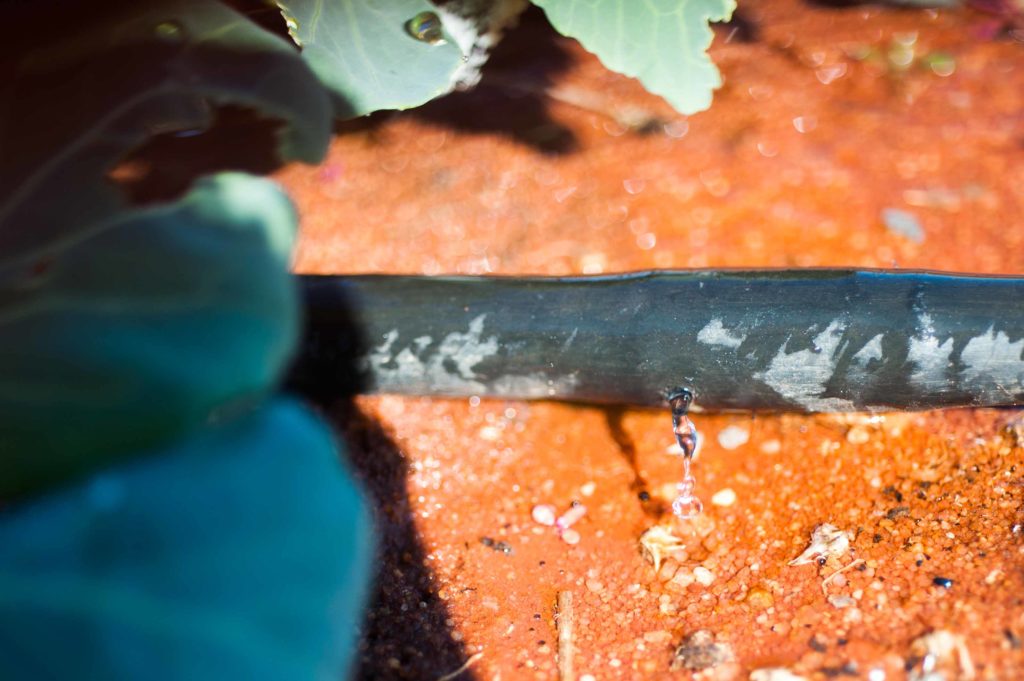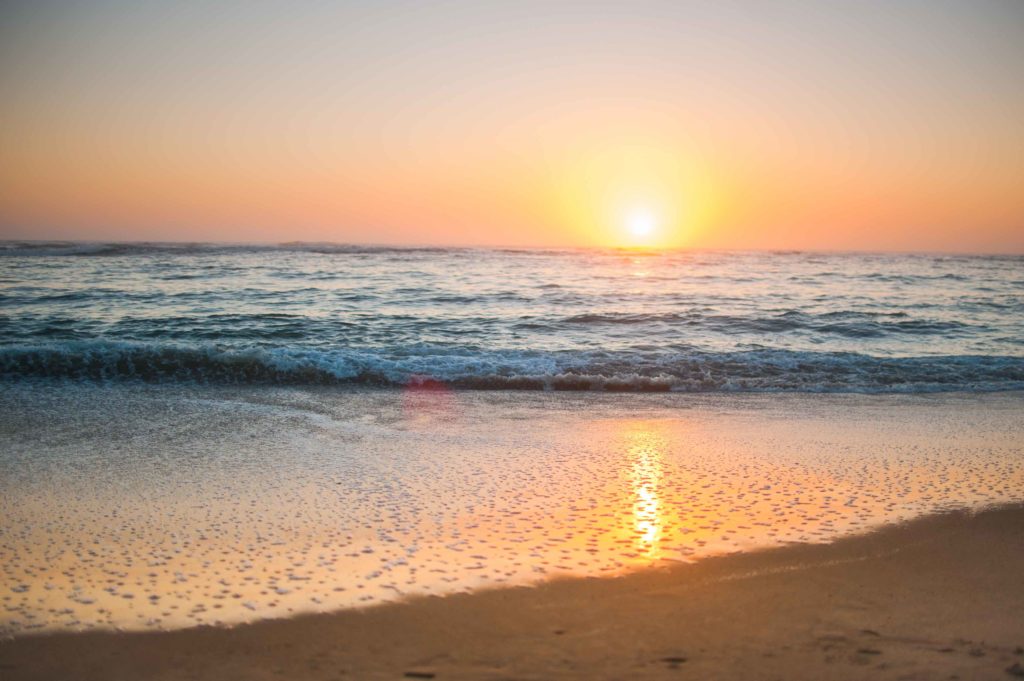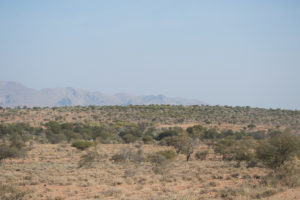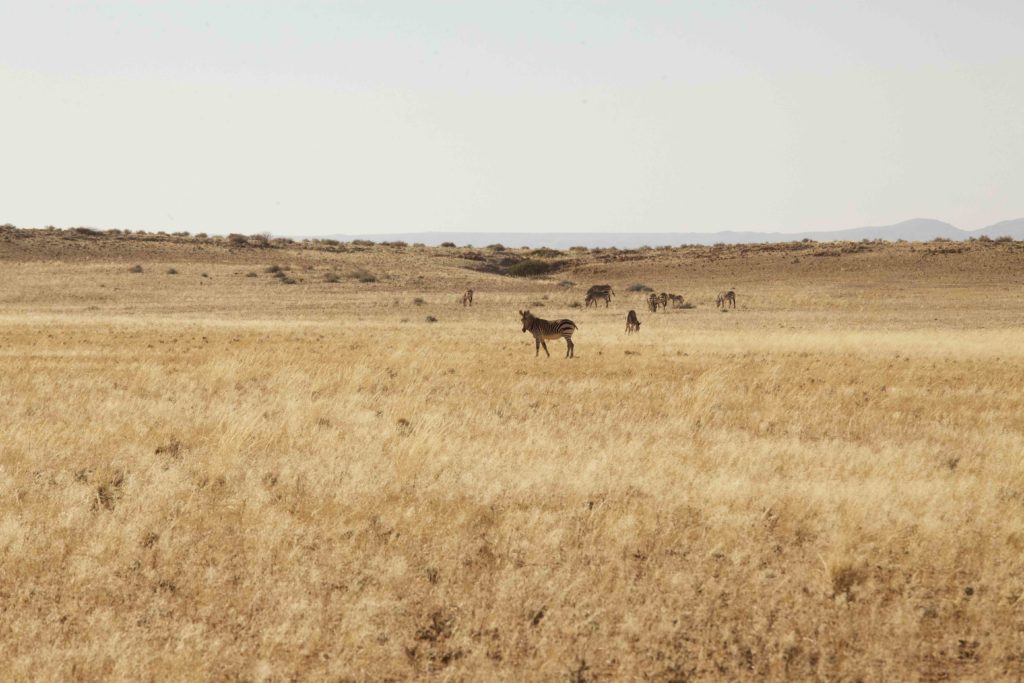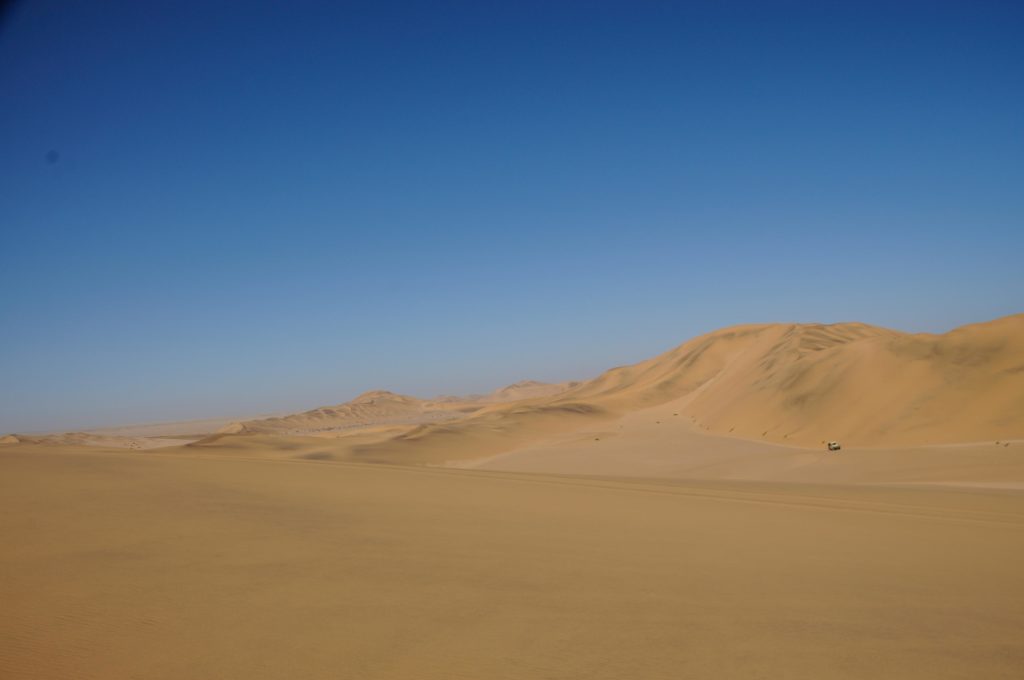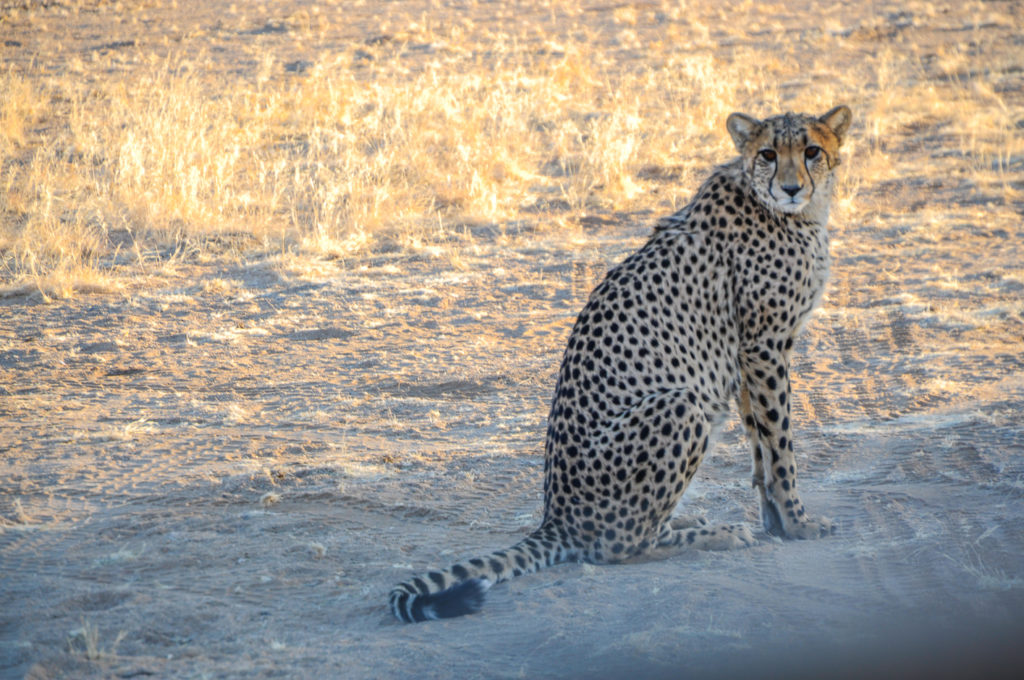What can you experience in a three-week whirlwind Namibia program? Cities, sand dunes, humid beaches, and a vast dry desert await your senses. Everything I once thought of Namibia, and all of Africa for that matter, was shattered in time spent here. I used to think about Africa as The Lion King, with only desert land and a daily struggle for food and water. This is somewhat true, but also very untrue. Namibia is filled with inspiring people and a variety of landscapes, from urban cities to game reserves exceeding 20K2. Namibians are hardworking people, especially farmers working through everyday hardships, Namibia’s harsh climate, and other factors.
Agriculture in Namibia is a complex job because only 2% of its land receives sufficient rainfall to grow crops. In addition, all inland rivers only flow if there’s heavy rain. Irrigation for farming can only come from valleys and rivers along the Namibian boarders such as the Orange, Kunene and Okavango rivers. Drought can be detrimental for farmers.
While in the Stampriet area, we visited the farm PATRIA Boerdery, owned by commercial farmer Jimmy O’Kennedy. While visiting his farm, we learned that a three-year drought had affected his crops. Jimmy uses drip irrigation to conserve water and make sure the water gets to the roots.

Greens being grown using drip irrigation on farm PATRIA Boerdery. Namibia’s harsh weather conditions and severe drought make drip irrigation a preferred choice to conserve water.
Namibian farmers don’t have farmers insurance like we do in the U.S. Farmers insurance compensates farmers for lost crops or cattle from natural shock events. This insurance keeps farmers from suffering major losses so they can continue farming. However, Jimmy receives no compensation from the government. He is completely self-sufficient and supplies his farm’s needs without outside help.
While there is no insurance for the water shortage in Namibia, there are efforts such as The Green Scheme Project, conducted by the Minister of Agriculture, Water and Food. This plan was designed to help encourage irrigation development in the Grootfontien, Tsumeb and Otavi areas, as well as northern regions using the Kavango, Kunene, and Zambezi rivers.
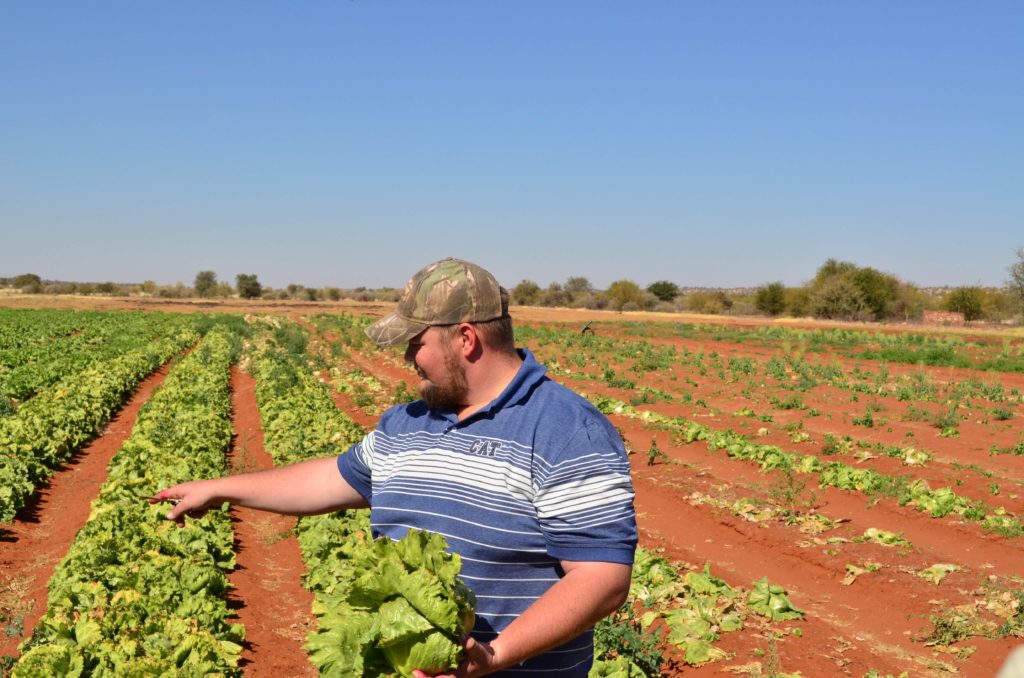
Jimmy O’Kennedy his fresh lettuce. To sell this lettuce, Jimmy makes sure it stays fresh by picking it at the perfect time.
Namibian farming is categorized by large commercial farms and ranches that spread across the southern regions. In addition, some farmers pay fees to use communal lands for farming in the north. Communal land use has its own issues. Conflicts arise when wealthy farmers fence off part of the land illegally, or over-graze lands.
On farms, generally men and boys care for livestock, while women do most of the agriculture labor and food preparation. Subsidence farming is when a farmer will only own enough livestock and grow enough crops to feed his/her family. This is done in communal lands where main crops are millet, sorghum, corn and peanuts. Commercial farming, on the other hand, is at a much greater scale. There are about 4,000 commercial farms in Namibia. These farms contributed 5%-6% of Namibia’s GDP over past years. Animal products, livestock, and crop exports make up roughly 11% of the total Namibian exports.
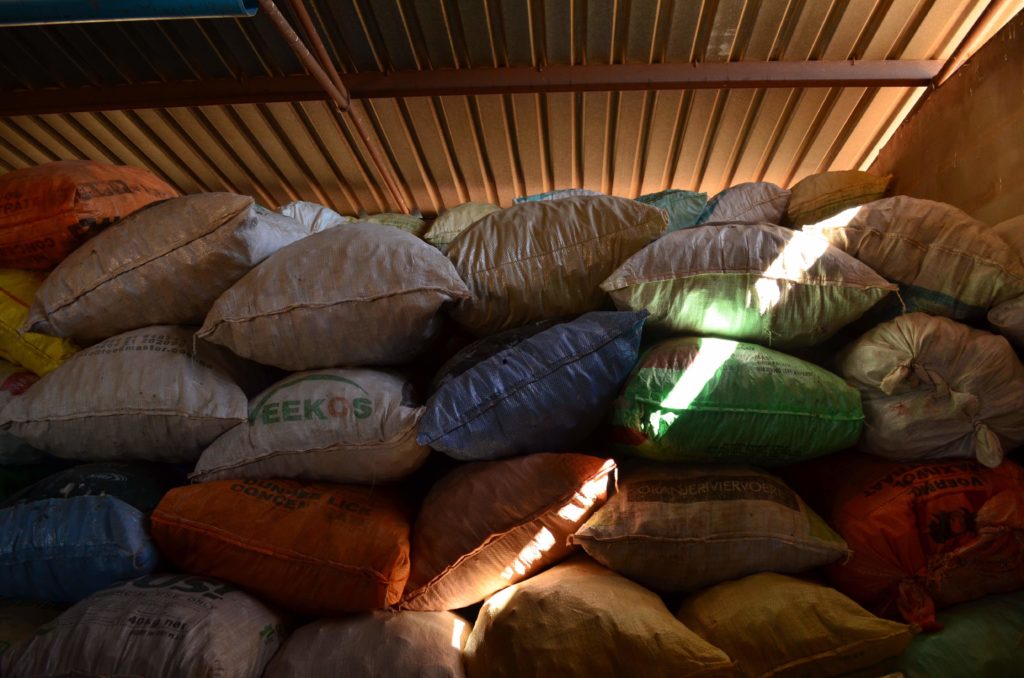
Fertilizers and grains are stored in cool sheds to keep product fresh. These products are crucial to farm operations.
Agriculture is different in every country, but its importance is the same worldwide. Namibia has a unique set of struggles they face daily. Farmers like Jimmy O’Kennedy show that having a true work ethic pays. Namibia’s agriculture, like its people and landscapes, amazed me. The perseverance and dedication of a never-ending positive attitude in this country will always be one I admire.
